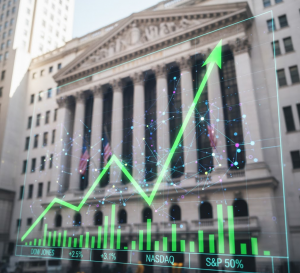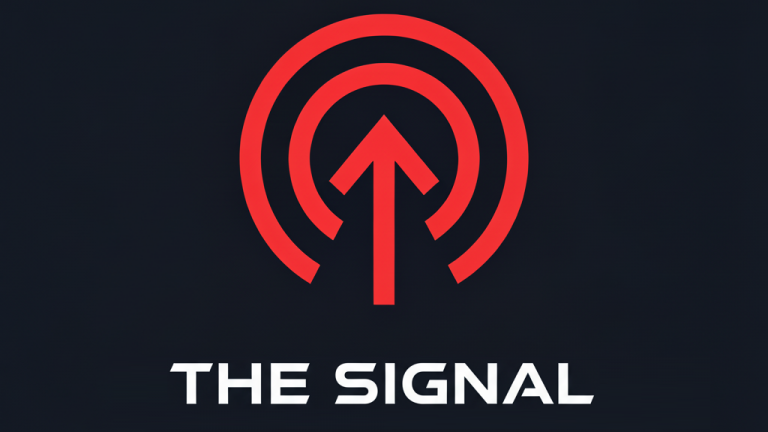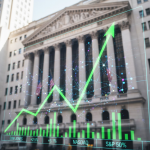The Market’s Fingerprint: How Indexes are Built and Why They Matter
The Short Version (TL;DR)
A market index is a tool that measures the performance of a specific group of stocks or bonds, acting as a simple, single number that tells us how a whole market or sector is doing.
Introduction
The world of investing is vast and filled with millions of transactions every single day. Trying to understand it all at once would be like trying to count every raindrop in a storm. To make sense of this immense flow, we use a tool called a market index. An index acts as a benchmark, a fingerprint of the market, giving us a quick and easy way to gauge the overall health and direction of a market without having to look at every single stock.
A Look Back in Time
The concept of a market index was born from a need for simplicity. In the late 19th century, a financial journalist named Charles Dow sought a way to capture the pulse of the American economy. He created the Dow Jones Transportation Average in 1884, and later the more famous Dow Jones Industrial Average (DJIA) in 1896. These early indexes were the original “report cards” for the market, summarizing the collective performance of leading companies in a single, easy-to-read number.
The Core Concept (Explained with Analogy)
Imagine you are a teacher with a large class of 50 students. At the end of the year, you want to know how well the class performed overall on a final test. You could look at each student’s individual grade, but that’s a lot of data. Instead, you calculate the class average. That single number gives you a clear and instant picture of the class’s collective performance.
A market index works in the same way. The students are the companies, their test scores are the prices of their stocks, and the class average is the index. There are different indexes for different purposes, just as there might be different averages for different subjects:
- An index like the S&P 500 is the average score for the top 500 students (the largest U.S. companies).
- A sector-specific index might be the average score for students who majored in science (tech companies).
By following the index, we are not looking at the grade of a single student, but rather the performance of the entire group.
A Real-World Connection
The S&P 500 is arguably the most famous index in the world. When you hear a news report say, “The market was up today,” they are almost always referring to the rise of this index. The S&P 500’s performance is so widely followed that it has become the de facto yardstick for the health of the U.S. economy, showing us how the biggest companies are performing.
From Theory to Practice
Investors use indexes to answer two fundamental questions:
- “How am I doing?” An index is the benchmark against which investors measure the success of their own investment portfolio. If your portfolio’s value went up by 5% in a year, you would compare that to the performance of a major index, like the S&P 500, to see if you “beat the market.”
- “How can I invest in the market as a whole?” Many investors don’t want to pick individual stocks. Instead, they use index funds or ETFs (which we discussed in our last chapter) that are designed to simply own all the stocks in a particular index. This is called passive investing, and it allows for broad diversification with a single investment.
A Brief Illustration
Let’s imagine a tiny index made of just three companies: Company A, B, and C.
- Company A’s stock rises from $10 to $12.
- Company B’s stock falls from $5 to $4.
- Company C’s stock stays at $20.
While one company went down, the overall trend for the group is still positive. The value of the index would show a slight gain, reflecting the collective performance and smoothing out the volatility of individual stocks.
Key Takeaways
- An index is a barometer that measures the performance of a market or sector.
- They are a benchmark used to evaluate investment performance.
- They enable passive investing, allowing you to own a slice of an entire market through a single fund.
Chapter Glossary
- Benchmark: A standard against which the performance of an investment can be measured.
- Market Capitalization: The total value of all of a company’s outstanding shares. Many indexes, like the S&P 500, are weighted by this.
- Passive Investing: An investment strategy that seeks to match the performance of a market index, rather than trying to outperform it.
Food for Thought (Engagement Prompt)
- Why is it more useful for the average person to know what the S&P 500 did on a given day than to know what a single, randomly chosen stock did?
- Do you think it’s fair for active managers to be judged against a benchmark they may not be trying to beat?
Additional Topics to Explore
- ETFs The Investment Basket: Understanding Exchange-Traded Funds (ETFs)
- Slippage: The specific problem that the stop-limit order is designed to solve.
- Limit Orders: The order type that a stop-limit becomes once it is triggered.



















